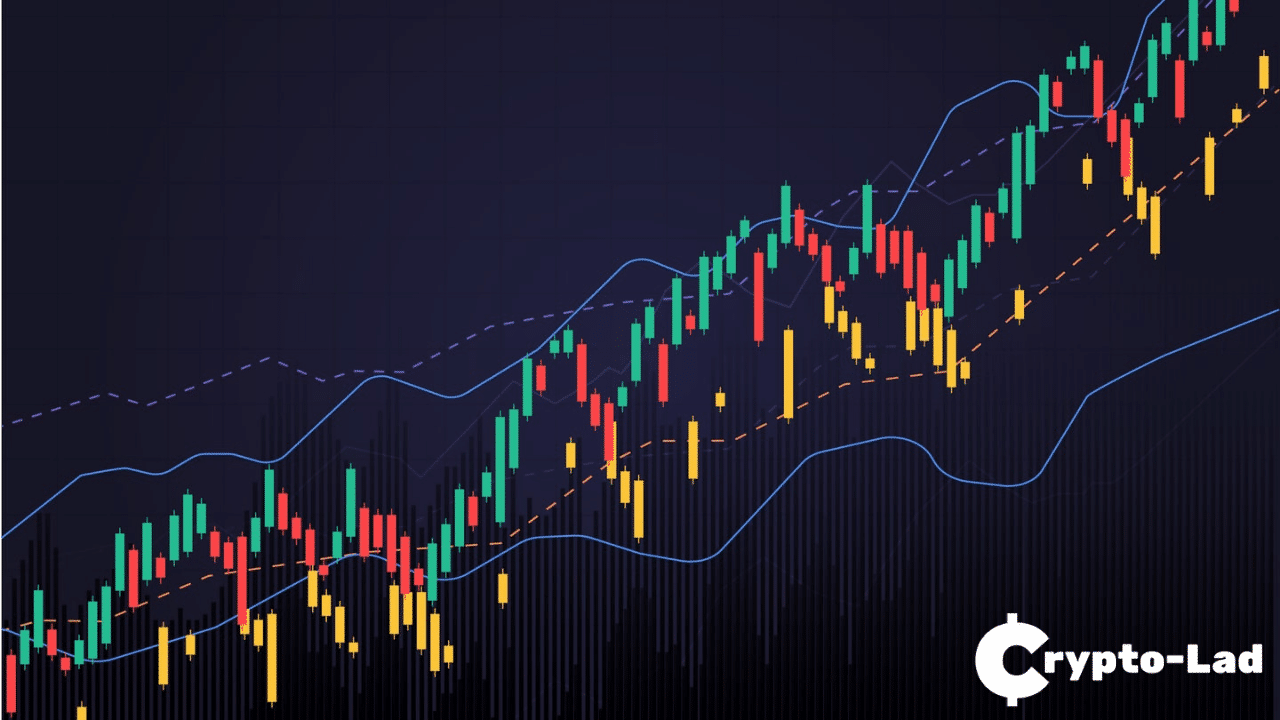Momentum Trading: All You Need To Know

Momentum refers to the tendency of financial security to continue its price movement in the given direction. This can be found in different asset classes and across geographies. Momentum for an asset’s price can be in an upward and downward direction.
A momentum investor is not dissuaded by a high price or a rising price. They will be attracted to a company whose price has been rising in the hopes that the upward trajectory will give the stock momentum. You have to keep on moving in the same direction for some time in the future.
Momentum investors are not looking for a company to have a turnaround in fortunes in terms of price. They instead are looking to jump on a stock that’s been moving in one direction recently.
What is Momentum Trading?
A market that's moving in a particular direction has a lot of momentum or weight to it. An asset or market in motion tends to stay in motion. Momentum is an observation that stocks tend to continue in the same direction that they've been trending in the recent past. Therefore, stocks that go up tend to continue to go up, and stocks that go down tend to keep going down.
Trends tend to continue and you can use momentum to determine which stocks to purchase in a portfolio because stocks with positive momentum tend to have positive returns over the near future. Therefore, momentum trading is a phenomenon by which companies that perform better can continue to perform better than their peers in the future. Similarly, companies that have underperformed compared to their peers will tend to underperform going forward.
Why Does This Momentum Occur?

Information flow, analysis, and reaction are not symmetric. Everyone analyses the news at a different pace and takes action. This results in momentum.
This momentum can be seen on scheduled events or during news releases. Most of the time when the stock market is going up, people tend to crowd into the market and wish to buy it at any price. Conversely, when the market is going down, people tend to want to get out of the market and sell at any price before it hits the bottom.
By buying shares or selling shares in a downtrend, investors use momentum to swap stocks in an uptrend. In other words, when the market is slowly declining, a stock may show bullish momentum, indicating the price is rising, or bearish momentum.
Momentum trading is very prevalent in the future market and many commodity traders are trend followers. This is due to the persistent roll returns. In the futures market, the roll return is the difference between future returns and spot returns. And for a long time, the sign of roll returns doesn't change. So, if roll returns are positive then you simply long it and profit from it. And similarly, you should shorten it if the roll returns are negative.
Types of Momentum Trading
There are two types of momentum that you’ll learn about through this article. The first is absolute momentum which is the idea that let your winners run and cut your losses early. If the momentum of the stock is positive then you should invest in the stock. But if the stock is negative, then don’t invest in the stock. So, what’s the benefit of absolute momentum? It actually works well as a risk management tool. Most of the asset’s losses come when the absolute momentum is negative. So, if you avoid investing in the asset when it has negative momentum, you improve returns and reduce risk by simply losing less during those periods. Relative momentum is the other type of momentum. Through relative momentum, you can rank the different assets in your portfolio, and then you can buy the winners or avoid a short sell the losers.
Momentum Trading Strategies
Momentum trading requires a fair deal of risk and the potential to easily and reliably define sectors. Trading becomes quick when you've got momentum on your side.
When you enter during the lack of momentum, your trade will stagnate, or even worse, you’ll get chopped out by the lateral price movement. The momentum indicator contrasts the most current price with the price previously determined and calculates the speed of the shift in price. How can you read a momentum indicator? If the momentum indicator is above zero levels, this signals that the market bias is on the upside. If the momentum indicator is above 0 levels and the market price is increasing, this signals that the trend is accelerating. This suggests that it is solid and likely to follow the present upward trend.
If the momentum indicator starts declining but is still above the zero levels, this means that the trend is still on the upside, but at a reduced rate. This signals that upward momentum is being lost by the market. This doesn’t mean that a reversal or trend change will happen, it’s just a warning that the momentum is getting weaker.
How can you profit from the Momentum strategy?

You simply buy high and sell higher. Likewise, as low, you can short-sell and cover even lower. This style is opposed to investment in value, which promotes low purchasing and high selling.
Adding momentum properly to your portfolio and specifically combining absolute and relative momentum so that you get the best of both worlds can significantly enhance the returns of your portfolio. It can simultaneously reduce the amount of risk that a normal stock portfolio would have. It also allows you to capture more returns with less risk than simply diving up your portfolio between stocks and bonds.
Bottom Line
For deciding on market changes and subsequent trend growth, momentum is a powerful indicator. However, like most financial indicators, when assessing trends in the markets, it is best to integrate momentum with other indicators and fundamental innovations. Hope this article has given you a lot to think about when you’re thinking about how you should invest in your portfolio by using the concept of ‘What is Momentum trading’.
